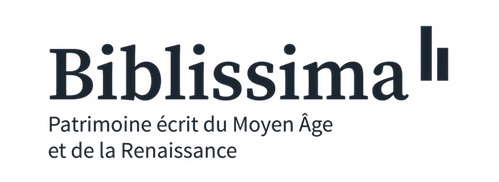Pinakes | Πίνακες
Textes et manuscrits grecs
Résumé :
Abstract: This chapter examines the saints calendars in Gospel lectionaries written by scribes of the Hodegon monastery in Constantinople: Paris, BnF gr. 311, completed in 1336 by Chariton; Mt. Athos, Vatopedi 908, undated, by Joasaph I; Mt. Athos, Vatopedi Skevophylakion 16, 1340/1 by Chariton; Mt. Sinai, Monastery of St. Catherine, gr. 239, 1373 by Joasaph II; and Sofia, Centre ‘Ivan Dujčev’ 212, 1378, also by Joasaph II. The earliest lectionary in Paris has a note saying that it was made for the altar of the church of the Hodegon monastery. The most luxurious manuscript, Vatopedi Skevophylakion 16, a gift of Emperor John VI Kantakouzenos to that monastery, has the only calendar for the entire year. The others include less than half the days of the year. All calendars agree on the saints venerated on major feasts; differences appear on lesser days. Of the abridged calendars, Joasaph I’s Vatopedi 908 is the outlier, while Joasaph II’s two lectionaries from later in the fourteenth century copy Chariton’s first manuscript in Paris and agree in their error. Questions remain. Since the monastery continued to possess Paris 311, were the lectionaries of Joasaph II intended for institutions elsewhere? Does the Skevophylakion calendar represent that of Constantinople or the imperial court? Or did the monks of Vatopedi have their own calendar copied, and does it constitute their own version or that of Athonite monasteries generally?| Villes | Dépôts | Fonds | Cotes | Type | Commentaire | Tome | Pages |
|---|---|---|---|---|---|---|---|
| Hagion Oros | Μονή Βατοπεδίου | fonds principal | 0908 | ||||
| Hagion Oros | Μονή Βατοπεδίου | Skeuophylakion | 16 | ||||
| Paris | Bibliothèque nationale de France (BNF) | Grec | 0311 | ||||
| Sīnāʾ | Μονή της Αγίας Αικατερίνης | gr. | 0239 | Reproduit le texte du ms. Paris, BnF, grec 311, copié par Chariton pour le Monastère des Hodèges en 1336 | |||
| Sofija | Център за славяно-византийски проучвания "Проф. Иван Дуйчев" | D. gr. | 212 | Reproduit le texte du ms. Paris, BnF, grec 311, copié par Chariton pour le Monastère des Hodèges en 1336 |







